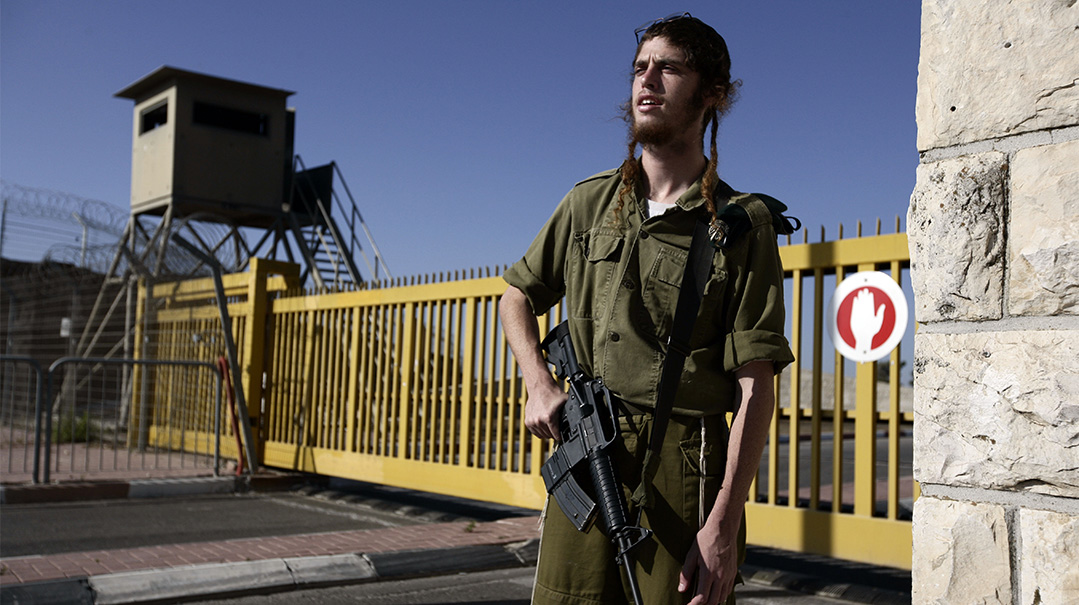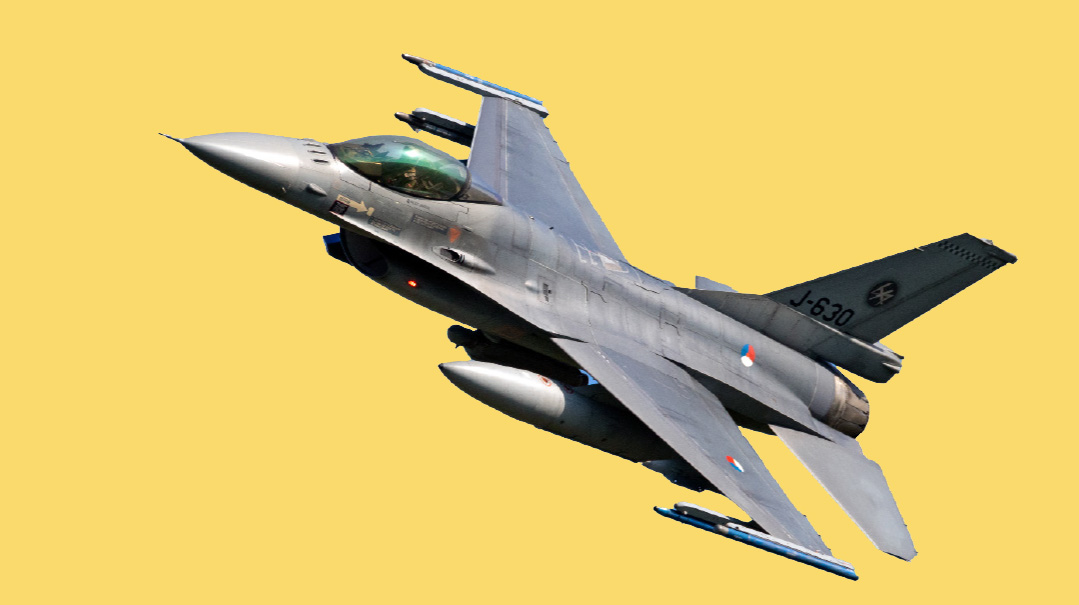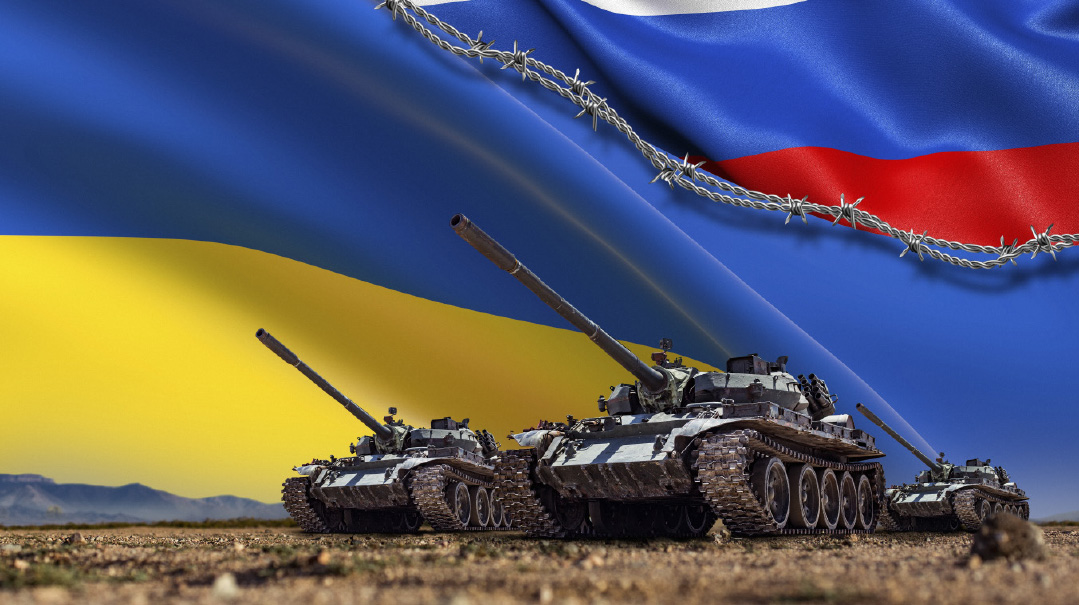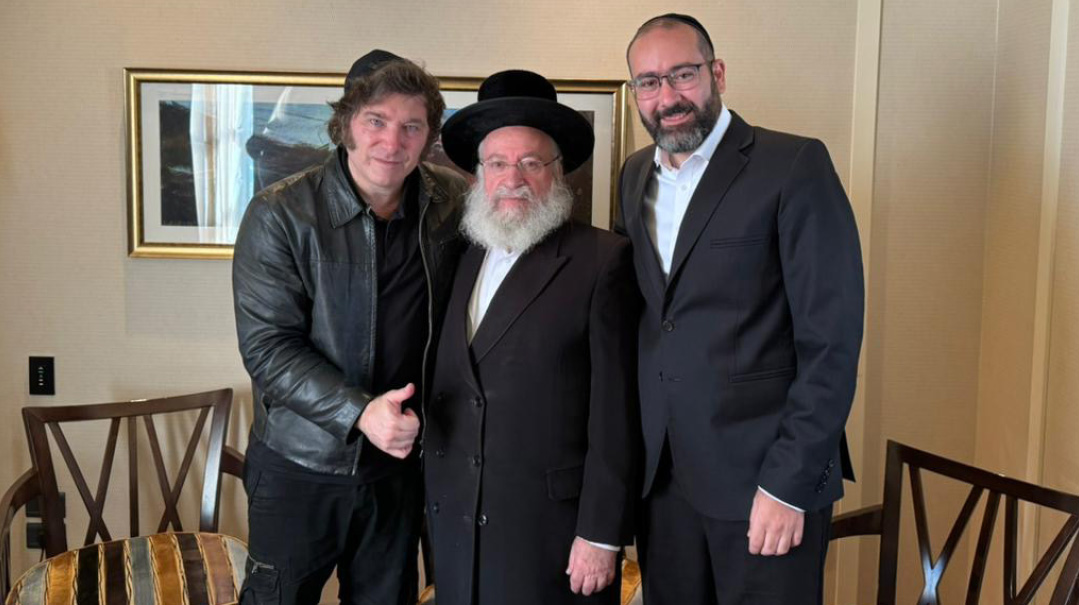The IDF Doesn’t Want Chareidim

The IDF’s treatment of kippah-wearing soldiers has now made it abundantly clear that the army’s public square is actively secular

IF
you don’t have a seat at the table, said a wise man, you’re probably on the menu. With the chareidi parties now flavor of the month as the key to breaking Israel’s political deadlock, chareidi-baiting — often a national blood sport — has largely vanished from the Knesset’s bill of fare.
Finance Minister Avigdor Lieberman, who just a year ago called for chareidim to be wheelbarrowed to the nearest trash heap, is now reduced to mere pedestrian insults.
Acting prime minister Yair Lapid has mysteriously abandoned his campaign to draft chareidim in favor of acting prime ministerial.
So, it’s noteworthy that even as chareidi integration is yesterday’s news, the national-religious community is having its own anguished debate about army service — one that highlights exactly why chareidim aren’t rushing to the draft office.
Simply put, the way that the army treats dati-leumi soldiers broadcasts loud and clear that it’s not interested in accommodating chareidim, whatever the IDF claims to the contrary.
At issue is the army’s ever-widening push to integrate female soldiers into combat units.
Israel has drafted women since 1948 — a fact that led to the Chazon Ish’s famous ban on giyus banos — but until 20 years ago, most women served in non-combat roles.
With female soldiers now serving as jet pilots, artillery officers, and infantry commanders, that distinction is history.
But it’s the integration of women in roles that place male and female soldiers in close proximity — such as tanks — that is leading to a crisis in relations between the national-religious world and the army.
According to Makor Rishon, the community’s paper of record, integration of female soldiers across the military is now so ubiquitous that beyond hesder units, all-male service for religious men is now a thing of the past.
“When we drafted 20 years ago,” said one long-term reservist, “rabbanim taught us how to build an eiruv on active duty and how to kasher an outpost’s kitchenette. They never taught us how to deal with serving in the same armored personnel carrier as a female soldier.”
Behind the drive to integrate the military, says the paper, is an increasingly secular, progressive view that sees gender equality as a supreme value, outweighing even the army’s operational standards.
“Even liberal rabbinic voices are warning that if the IDF insists on gender integration at all costs, kippot will disappear from many units and the command echelons.”
The irony is that, as any recent picture of an IDF staff meeting sprinkled with knitted kippahs will testify, the National-Religious community is exceptionally motivated to serve — that, at a time when the army is struggling with falling recruitment nationwide.
Spitting in the face of its most motivated recruits is not just ungrateful — it speaks loudest to the chareidi public about the army’s true priorities.
For an army short of manpower, the push to make the army coed is a funny way to go about recruiting chareidim.
For all that the army is committed to integrating shiurim and tefillah breaks for chareidi recruits, it’s the atmosphere of the IDF’s “public square” that is key.
If matters not a whit that the army supplies mehadrin rations, if the fitness instructor who is sent is a woman.
As the dati-leumi experience shows, the IDF brass’s attitude to secularism and religious recruitment is like Boris Johnson’s position on cake: pro having it, and pro eating it.
That’s why, even as chareidi-bashing takes a well-earned break from Israeli politics, secular politicians and pundits would do well to remember one fact:
The IDF’s treatment of kippah-wearing soldiers has now made it abundantly clear that the army’s public square is actively secular.
Chareidi recruits can expect a warm Badatz meal, and a helping of progressivism served cold.

Jet Pack
Remember when the Biden administration shot down the deal to transfer Polish
MiG-29 jets to Ukraine in March?
Four months and a string of dogged Ukrainian victories later, there is growing talk of arming Kyiv with more advanced planes than the Soviet-era MiGs, in the form of American F-16s.
According to Breaking Defense, a website, recent support from senior US military figures for the move indicates that the White House is coming around to the idea as well.
The administration seems to be growing in confidence that arming the Ukrainians won’t unleash Word War III. But Washington is still moving cautiously, as indicated by Air Force Chief of Staff Gen. CQ Brown, who told Reuters that instead of the US, Swedish or French jets could be an option for Kyiv’s forces.
All sides are aware that fighter jets aren’t just any old arms deal. Supplying premier weapons systems draws both partner countries into a tacit alliance.
The very fact that supplying America’s bubble-canopied pocket fighter is even being discussed is enduring evidence of the transformative power of victory.

Last Word
Is it just me, or is the recent magic alignment of parts of the frum world with the latest fashions in American conservative ideology getting a bit much?
These things are hard to quantify, but the abundance of Ben Shapiro-esque terminology, or the reflex deployment of “guns don’t kill — people kill” lines, point to an ever-greater identification with America’s conservatives — not just at the polls, but in thought as well.
And it begs the question: Do we want to outsource to others our ability to think, or might the Torah have different answers to the great questions of the day than those that appear on Fox?

All the News That Fits, We Print
First prize for lacerating commentary about the state of the media goes to liberal iconoclast Matt Taibbi, for a piece called “The New Kremlinology: Reading the New York Times.”
Noting the way that Joe Biden’s age only recently became an acceptable topic for political reporting in the wake of his dreadful poll numbers, Taibbi says that the major media outlets now serve to reflect Democrats’ current thinking rather than report events.
“The paper in this sense fulfills the same function that Izvestia once served in the Soviet Union, telling us little or even less than nothing about breaking news events (‘Can NATO Long Exist?’ was among Pravda’s final questions in 1991) but giving us comprehensive, if often coded, portraits of the thinking of the leadership class.”
(Originally featured in Mishpacha, Issue 921)
Oops! We could not locate your form.






